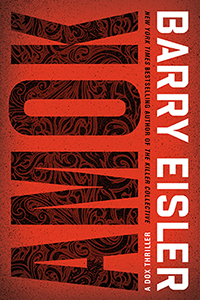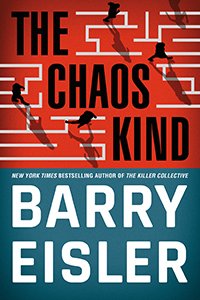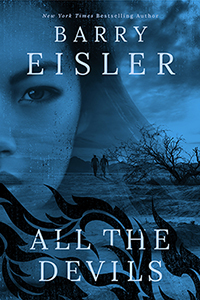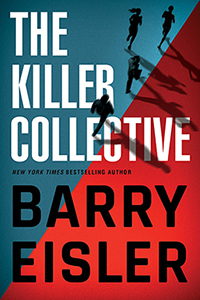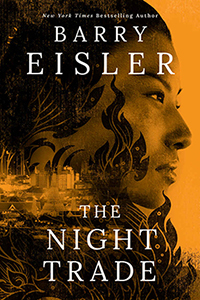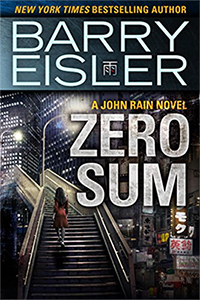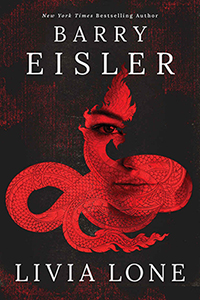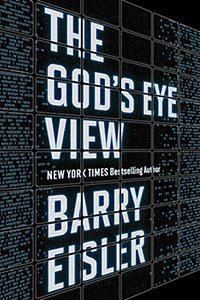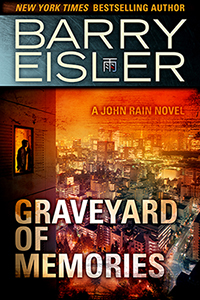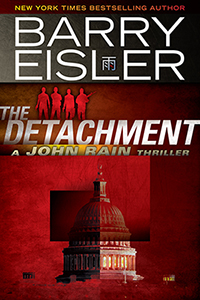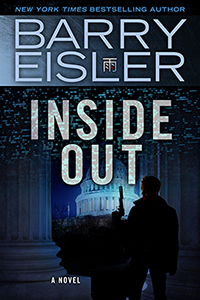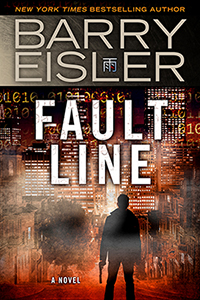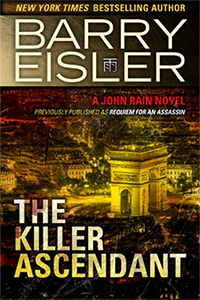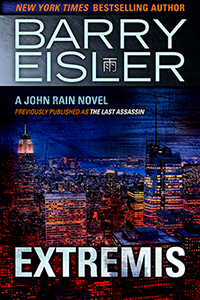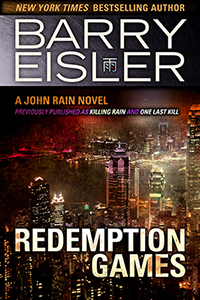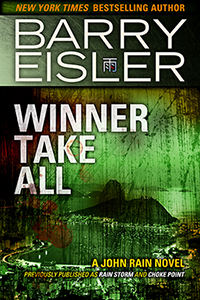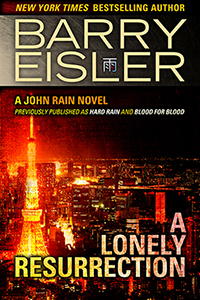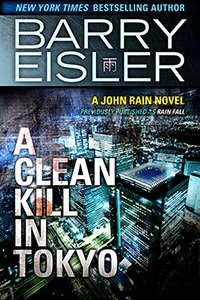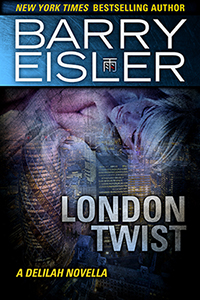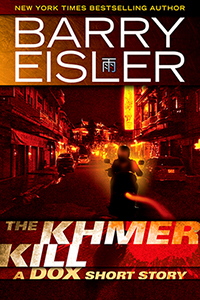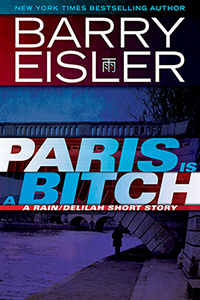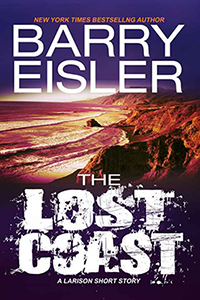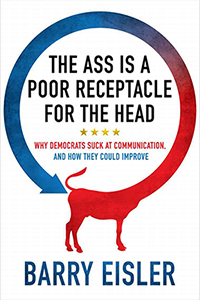Recently the New York Times published an article by Robert Kolker called Who Is the Bad Art Friend, which purported to be about the incredibly silly question of what constitutes a “bad art friend,” even the diction of which is markedly childish (for a short, incisive rejoinder, see Elizabeth Bruenig’s The Harsh, Central Truth of the Viral “Bad Art Friend” Story in the Atlantic).
Perhaps because the Times article itself was so confused, it’s led to some confusion. This is unfortunate for a number of reasons, among them that the article indirectly raises, while managing never to squarely address, the far more consequential question of what constitutes a bad artist.
If you’ve already read the Times article, you know the outline of the story. If not, a quick summary:
In 2015, a person named Dawn Dorland donated a kidney to a stranger. In preparation for the procedure, Dorland started a private Facebook group where she discussed her decision to donate and invited various people to join, including writers Dorland knew from a Boston organization called Grub Street. Some of those people failed to react; among them was a Grub Street writer Dorland thought of as a friend, Sonya Larson (I slightly know Larson because she handled the logistics for a talk I gave at Grub Street, I think about ten years ago. We also have some friends in common. I don’t know Dorland, although it’s possible we met when I gave my talk at Grub Street). When Larson failed to react to Dorland’s posts about her donation, Dorland pinged Larson to ask why. Larson then replied with some polite praise.
Later, Dorland learned that Larson had written The Kindest, a short story about someone who donates a kidney but with fundamentally narcissistic intentions. This upset Dorland, who signs off letters with “kindly.” Still later, Dorland learned that in Larson’s story, the narcissistic fictional character writes a letter to her kidney recipient, a letter that echoed a real letter Dorland had posted to her private Facebook group and incorporating something like 50 words from the real letter.
When The Kindest started winning awards and garnering other acclaim, Dorland began contacting various parties to complain—an awards committee, a book festival, the Boston Globe, Grub Street, a writing conference where Larson had once had a scholarship, various friends of Larson’s. She also hired a lawyer and threatened litigation (strangely, Dorland claims “I'm not threatening,” but her threat to sue the Boston Book Festival—which planned to distribute 30,000 copies of The Kindest in connection with its One City, One Story program—for $150,000 succeeded in getting the festival to cancel the program for that year out of fear of being embroiled in a lawsuit).
Larson beat Dorland to the courthouse, alleging defamation and tortious interference; Dorland counterclaimed for copyright violation and intentional infliction of emotional distress, including alleging that Larson had caused Dorland to engage in self-slapping (apparently Dorland had previously sued a writing workshop Dorland was part of, also for causing emotional distress).
Pursuant to the discovery Dorland demanded in her lawsuit, Larson provided Dorland’s lawyer copies of private texts between Larson and her friends in which they commiserated about Dorland, deriding her as annoying, self-important, unselfaware, and creepy.
The judge has thrown out Dorland’s emotional-distress claims; her copyright claims haven’t been ruled on. The Times article doesn’t mention the status of Larson’s tortious interference claims; presumably they haven’t yet been ruled on either.
While the case was pending, Dorland contacted the New York Times and pitched them the story that became Who Is the Bad Art Friend—which is Dorland’s own framing, the prism through which she views the situation.
So much for the TL;DR version of what happened. On to the online confusion.
1. Plagiarism. Some people seem to have bought into Dorland’s claim that Larson’s fictional use of about 50 words of Dorland’s Facebook letter is plagiarism. Which in some ways is understandable, because plagiarism is one of those words people are so eager to deploy as an accusation that they don’t want to let anything, let alone a definition, get in the way.
First, note that Dorland began her campaign against Larson long before even knowing of Larson’s use of the letter. Dorland’s original complaint, posted on Facebook, was that “a writer friend has based a short story on something momentous I did in my own life, without telling me or ever intending to tell me.” Or, as she emailed friends of Larson, “Why didn’t either of you check in with me when you knew that Sonya’s kidney story was related to my life?”
But to whatever degree Larson’s story might have been inspired by or based on Dorland’s donation, no one—neither Dorland nor anyone else—has or should be granted the right to prevent artists from incorporating kidney donations into their art. The reasons for denying individuals this much control over other’s artistic freedom ought to be obvious: doing so would drastically reduce the scope of permissible art and the societal benefits of art (though in fairness, Dorland’s position would be a boon to trial lawyers, as indeed it has been).
We can probably come up with hypotheticals about acts or strings of acts so unusual that we might agree that underlying rights should remain with the actor—the kind of “life rights” studios need to obtain before making a biopic, for example. But whatever else might be said about donating a kidney to a stranger, the act itself is not in this category. Donating a kidney to a stranger isn’t a life story; it isn’t even unique. In fact, Larissa MacFarquhar dedicated an entire chapter to the topic in her 2015 book Strangers Drowning: Impossible Idealism, Drastic Choices, and the Urge to Help, an examination of the nuanced, complicated, and not always admirable motives of people driven to help others in extreme ways (the chapter in question is called “Kidneys”).
So the origins of Dorland’s campaign against Larson had nothing to do with Dorland’s Facebook letter, but rather with the fact of the donation itself. Still, once Dorland realized Larson had used about 50 words of the letter in the story, she made claims of plagiarism central to her complaint. So whatever might actually be behind Dorland’s campaign, let’s talk about plagiarism.
So if Larson had taken Dorland's letter and presented it as her own letter, that would have been plagiarism. But instead, Larson repurposed about 50 words of the real letter as fiction, written by a fictional character in a larger story. All of this seems to me to be classic transformative use, part of the Section 107 fair use exception to copyright law. And there’s good policy behind the fair use exception. As Cormac McCarthy says, “Books are made out of books,” and society benefits when artists have wide latitude to draw on everything around them in their art. We should want artists to be willing to take risks, question pieties, and attack shibboleths, and we should encourage them to sample widely in doing so. And we should be extremely cautious—as Section 107 is—about granting individuals so much control over their own deeds and their own words that the progress of art and the benefits art offers society are impeded in the process.
Some people have argued that Larson should have informed Dorland of what she was doing, or credited her as the writer behind a real letter Larson repurposed as fiction. But really, what was Larson supposed to do here? Inform Dorland, “Hi Dawn, not only am I aware of your donation, but it inspired me to write a short story about a profoundly unselfaware narcissistic white savior whose own donation is anything but heroic—oh and by the way, your Facebook letter was so perfect an exemplar that I used about 50 words of it in the story. Happy to give you explicit credit if you like; just let me know. Best, Sonya”?
Maybe in retrospect that would have been the better course. But doing so would have been an unusually blunt act, and Larson was clearly reluctant to share with Dorland her honest, negative opinion of her—a pretty common reluctance among humans who prefer not to hurt other people’s feelings, I would say, and certainly not an uncharitable one. And even if brutal honesty would in retrospect have been the better course, retroactively imposing such an expectation on someone dealing with a person she obviously found increasingly difficult seems a touch unrealistic. Certainly it’s not a standard many people would want to be held to themselves.
Personally, I would have advised Larson not to use the letter—not because using it was in any way immoral, illegal, or otherwise culpable, but because so many people have a knee-jerk reflex to plagiarism charges that the distraction from the more important question of artistic freedom might not have been worth it. That said, everyone, every artist, has to run these risk-reward calculations for herself. And while I doubt even Larson feels she handled this thing perfectly from the beginning, no one who survives a mugging ever handles it perfectly—much of the time, you don’t even realize it is a mugging until it’s well underway, and then you’re playing catch-up, just trying to figure out what’s happening and doing the best you can to get through it.
Again speaking personally, I’ll note that people have used my writing in various ways, and periodically I get mail informing me that so-and-so writer has ripped me off. I never bother even to look into the allegations. Life is short and I have more meaningful things to do than trying to lock up every handful of words I’ve ever strung together so I can stop other artists from using them. This suits my priorities and I think is good for society, too. Dorland obviously has a quite different value system.
The other misunderstanding I’ve encountered is that Larson and her friends were somehow being “mean” to Dorland because in private texts they made fun of what they perceived as Dorland’s annoying and even creepy tendencies and because they questioned the purity of the intentions behind Dorland’s donation decision (I hope it goes without saying that interrogating the purity of “altruistic” intentions shouldn’t be off-limits—nor is it, otherwise someone better get to work on suing Larissa MacFarquhar for writing a nonfiction book that does this very thing).
What’s primarily weird about the “mean” criticisms is that these were private conversations. Dorland (and the world) learned of the conversations’ existence only because Dorland demanded such communications in the course of her lawsuit. No one was saying these allegedly “mean” things to Dorland or in public; in fact, given what the texts reveal about what Larson and her friends really thought of Dorland, it seems they were all going out of their way to treat Dorland respectfully, politely, and kindly in public (while at the same time hinting to her without apparent effect that they would prefer she leave them alone).
Note that every contact Dorland had with Larson over the course of this years-long saga was initiated by…Dorland, beginning with the email she sent Larson asking why Larson hadn’t reacted to any of Dorland’s Facebook posts about the donation. It must have been obvious to everyone but Dorland that the friendship Dorland told herself she had with Larson and others in Larson’s circle was distinctly one-way.
What’s also weird about the “mean” criticisms is that commiserating about—or gossiping, laughing at, deriding, ridiculing, questioning, whatever—people you privately find irritating is a widespread, possibly even a universal human behavior. So to criticize Larson and her friends for engaging in it is almost certainly hypocrisy. As the Japanese expression goes, Saru mo shiri warai—The monkey laughs at the other monkey’s butt. Or, in this case, criticizes it. Humans rarely pass up sanctimony opportunities, and criticizing someone else for doing what we all sometimes do—privately deriding an individual perceived to be annoying—is a classic case.
Some of the “mean!” accusations might be the result of the Times extremely credulous adoption of Dorland’s belief that Larson et al were her friends and thought only well of her. But everything becomes much more understandable when you realize that these people weren’t Dorland’s friends, but were instead trying to distance themselves because she made them uncomfortable, while still trying to spare her feelings. This is the opposite of “mean.”
Among the various things I’ve learned about humans in my 57 years living among them is that “She’s just not that into you” is almost impossible for the “you” in that equation to accept, no matter how obvious it is to everyone else. People will cling to almost any belief about why someone is brushing them off rather than accept the simplest, most straightforward, most widespread and obvious explanation: She’s just not that into you.
It’s frequently surprising, and never comfortable, to realize that others might not share your own high regard for yourself. And it’s hard to error-correct for the powerful bias nature has built into our psyches, where our egos distort our perceptions with effects such as Illusory Superiority (which is why everyone thinks they’re above average) and the Fundamental Attribution Error (where we judge ourselves and our in-group by motives and others and out-groups by behavior). Still, if only on an intellectual level, healthy people will admit at least the possibility that they might be grading themselves and their own motivations on a curve. But don’t take my word for it; listen to Reinhold Niebuhr:
Perhaps the most significant moral characteristic of a nation is its hypocrisy. We have noted that self-deception and hypocrisy is an unvarying element in the moral life of all human beings. It is the tribute which morality pays to immorality, or rather the device by which the lesser self gains the consent of the larger self to indulge in impulses and ventures which the rational self can approve only when they are disguised. One can never be quite certain whether the disguise is meant only for the eye of the external observer or whether, as may be usually the case, it deceives the self. Naturally this defect in individuals becomes more apparent in the less moral life of nations. Yet it might be supposed that nations, of whom so much less is expected, would not be under the necessity of making moral pretensions for their actions. There was probably a time when they were under no such necessity. Their hypocrisy is both a tribute to the growing rationality of man and a proof of the ease with which rational demands may be circumvented.
I don’t know Dorland, but I also don’t know how to account for someone launching a years-long campaign of third-party contacts, threats, a lawsuit, stalking, and now a pitch to the New York Times to write a story about “bad art friends,” over…what? Someone not adequately congratulating you for sharing a kidney? Someone not sharing your belief that your act was the result only of unimpeachable motives? Someone repurposing in a short story a few words you wrote in a Facebook post? Even if someone hurts your feelings, even if you feel someone has treated you dishonorably or otherwise badly, it’s up to you what to do about it. Dorland had many options, including just shrugging off the whole thing. She chose something else.
Speaking personally again for a moment, I tend to distrust people who seem too quick and too public to share their traumas and tribulations. I tend to suspect, at least until proven otherwise, that the behavior is a con. Dorland strikes me as one such, and while of course I could be wrong, I doubt my impression is unique or even particularly unusual. I would hope that Dorland could accept that not everyone will share her high opinion of herself, in the same way that writers can accept that not everyone will think their books are as wonderful as the writers themselves do.
Especially now, especially working within the arts, especially in educated and liberal-leaning circles, there’s a certain cachet in having been wounded, wronged, injured in some way—not only a cachet, but a near-limitless license for aggression. What could never be justified as offense can easily be justified as self-defense, and so the key to channeling antisocial emotions into socially acceptable confrontations is to claim victimhood. Dorland, in particular, went looking for hers, soliciting Larson for a reason the latter hadn’t congratulated her for her latest good deed, suspecting—rightly—a chillier relationship than collegial email etiquette would suggest. She kept seeking little indignities to be wounded by—and she kept finding them. Her retaliations quickly outpaced Larson’s offenses, such as they were.
To take Bruenig’s observation up one level of generality about human nature: anything that can be weaponized will be weaponized. Anything that can be turned into a con, will be. To deny this isn’t just foolish; it’s to make yourself complicit in the con, as the New York Times writer did.
What an angel, right? A selfless act like that? Well, come to find out, she’s been yapping all over town about how she gave away one of her kidneys and isn’t she such a saint and whatnot. Okay, look. I’m grateful, I really am, but I didn’t sign up to be anybody’s big step on the stairway to heaven, you know what I’m saying?
Why couldn’t I have gotten a kidney from some nice dead kid? A terrible boating accident, a traumatic head injury—something, as long as the kidney becomes available through an act of God that forces a bereaved and loving family to make a final gesture of kindness and generosity, not through some weirdo theatrical display of nephro-altruism that didn’t get enough likes on Facebook. I don’t know whether kidneys are imbued with the souls of their bodies of origin, but I’m starting to think I might just as well give it back…
Hopefully the McSweeney’s writer, Emily Flake, won’t be accused of plagiarism for basing her article on an actual instance of kidney donation. Or of having done something irredeemably mean. Hopefully Dorland won’t sue her, or be taken seriously if she does.
What’s funny about all this—or sad, depending on how you look at it—is that not even Dorland believes individuals should be able to lock up real life and deny it to artists. Questioned by the Times writer about why Dorland had shown up at three different online events that featured Larson as a panelist (remember when I noted earlier that Dorland is the one consistently initiating contact?), Dorland offered this as an explanation: “I proceed in this experience as an artist and not an adversary, learning and absorbing everything, making use of it eventually.”
Making use of everything as an artist? Dorland permits herself such license, but wants to deny it to others?
I don’t mean to be too hard on Dorland. Humans are wired for hypocrisy, and articulating an ideal (“Artists should be able to use everything in their art”) while simultaneously promulgating an exception for yourself (“And by ‘everything,’ I mean ‘everything except things I don’t like’”) is so commonplace there’s not much to say about it other than…it’s common.
But look, if you are “committed to free speech, but—” you’re not committed to free speech, only to speech you like. Similarly, if you’re “committed to artistic freedom, but not to freedom that hurts my feelings,” you’re not committed to artistic freedom, only to art you approve of.
As a novelist friend of mine likes to point out, behavior is the truth. And if you self identify as an artist but embark on a years-long campaign to prevent someone from using an event in your life or a short passage from a letter in the service of her fiction, you’ve made your priorities clear—and freedom, art, and being an artist are not among them.
Speaking just for myself: when weighing the balance between individual control over events, words, or other real-life events, on the one hand, and artistic freedom, on the other, I choose freedom (this is why even though as a writer I benefit from ever-expanding copyright terms, I believe those terms should be drastically curtailed for the sake of society—but that’s another story).
Dorland obviously has a quite different value system. She presents herself as a victim even as she victimizes Larson and artists generally; even as she tries to deny readers the opportunity to read an acclaimed, award-winning story they probably would enjoy and otherwise benefit from; even as she demands for herself the very rights she is attempting to deny Larson (and by extension other artists).
A person who signs her letters “kindly” and claims the mantle of altruism might be expected to behave differently. But when our egos are calling the shots, everything else becomes collateral damage.
That Dorland might be damaged or difficult is of little interest to me. That she’s destructive is my concern. This isn’t about an artist trying to protect her own rights; it’s about a person attacking the artistic rights of others.
Or, to put it another way: Dorland’s campaign is an attack on artistic freedom. It should be understood as such, and treated accordingly.



